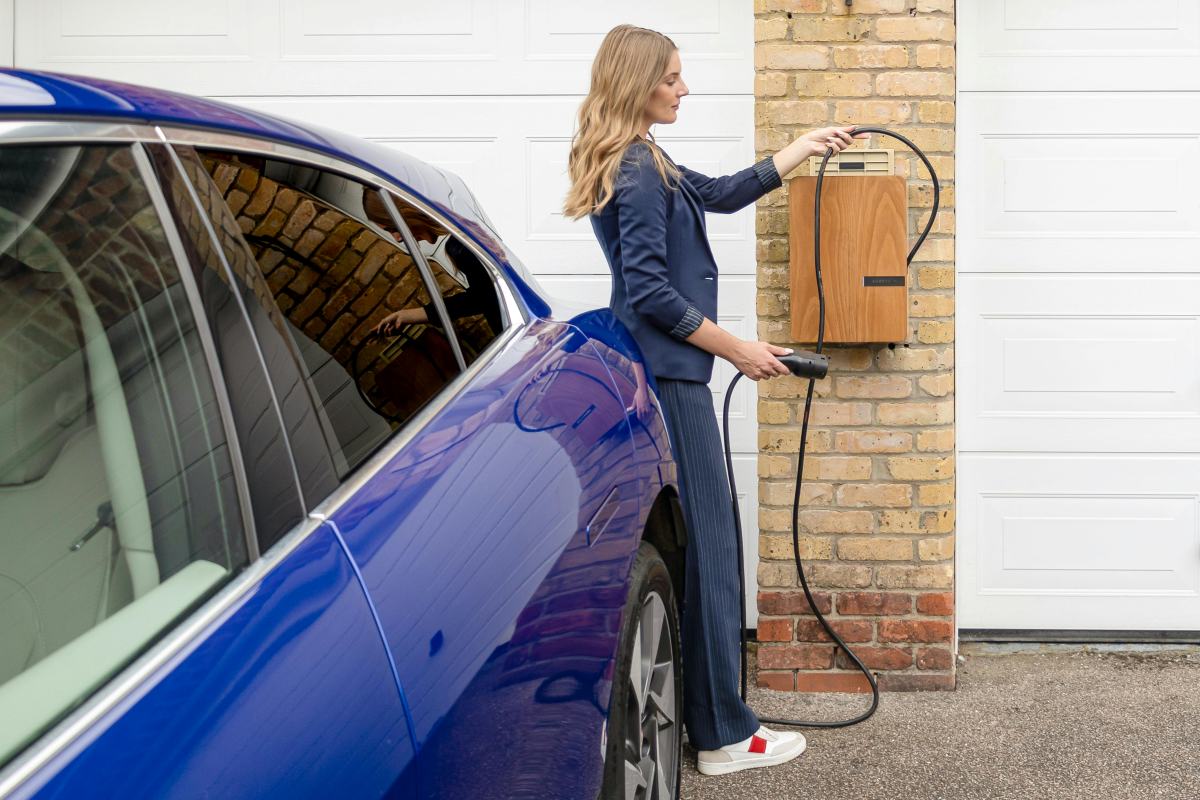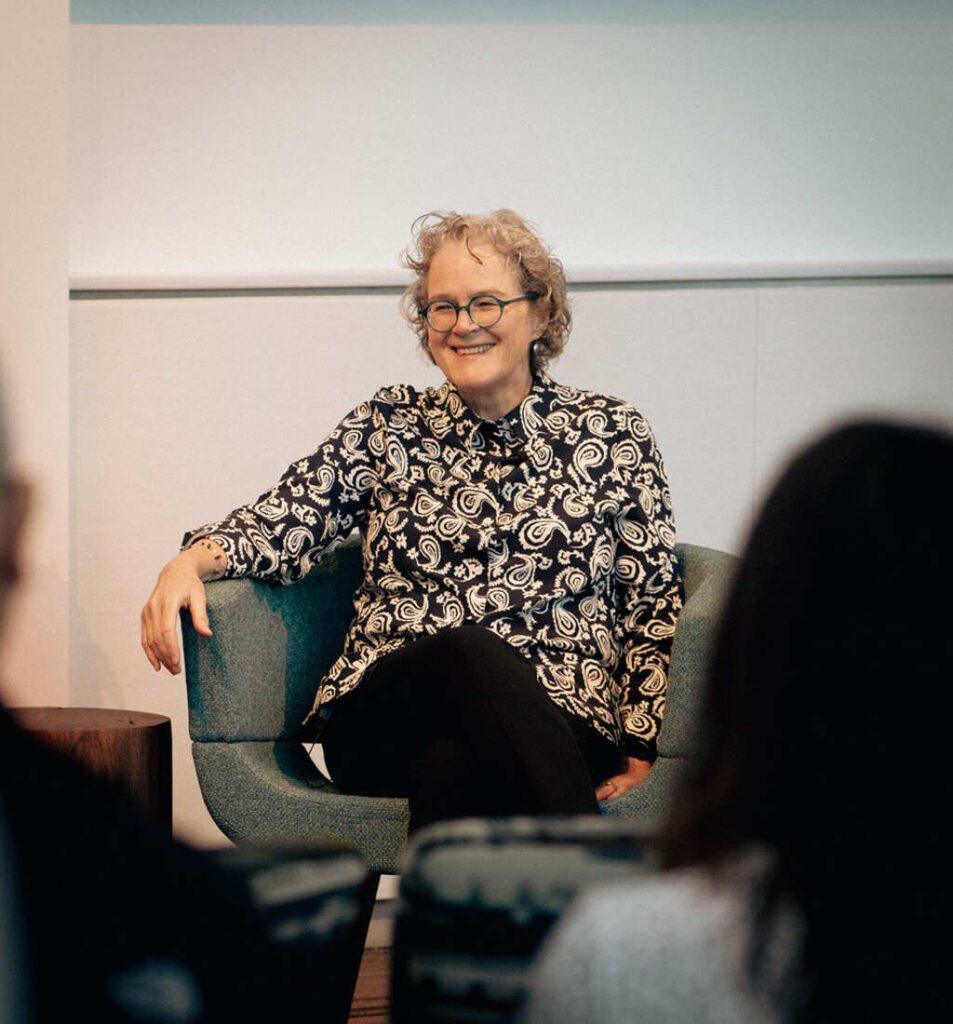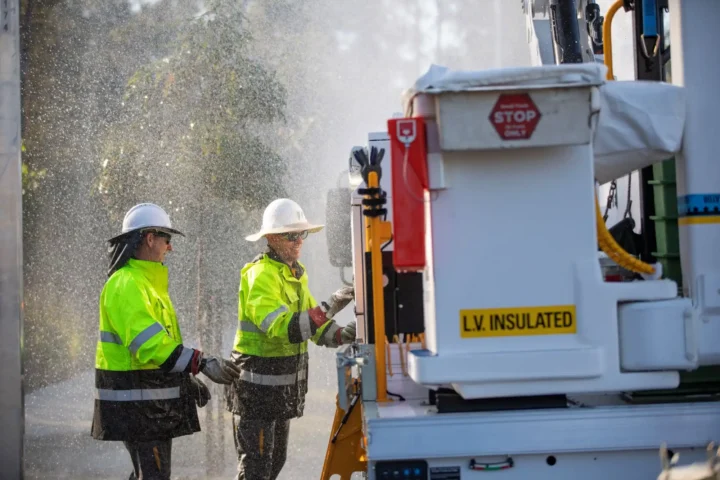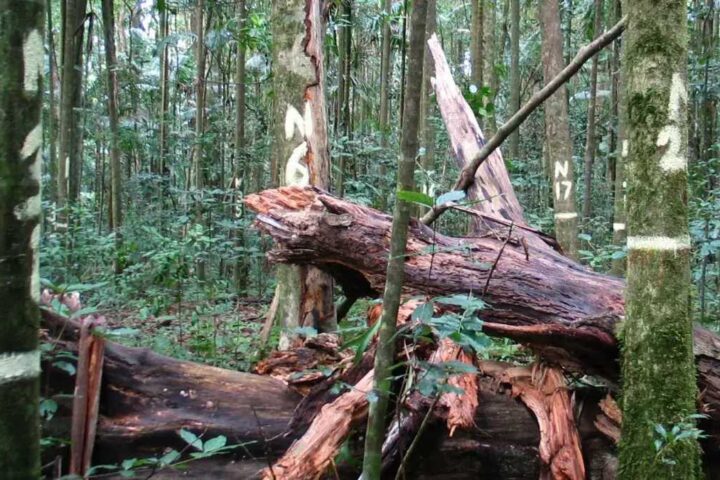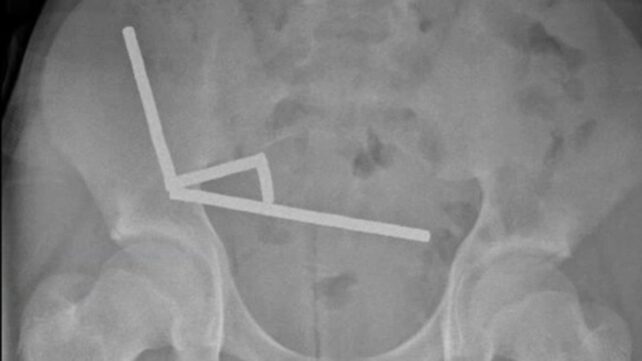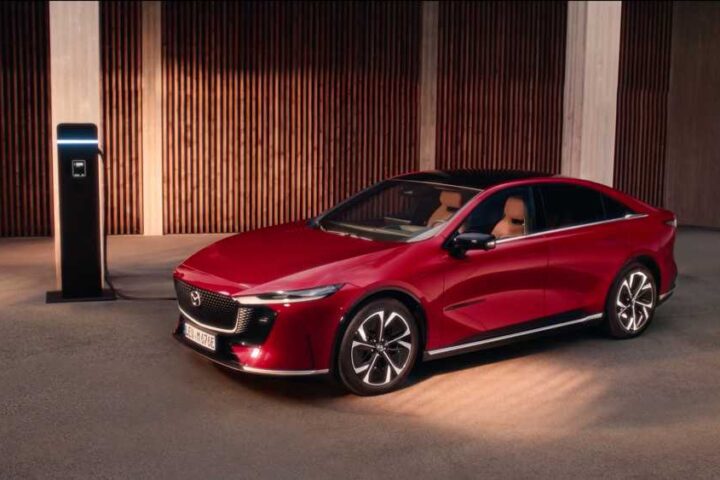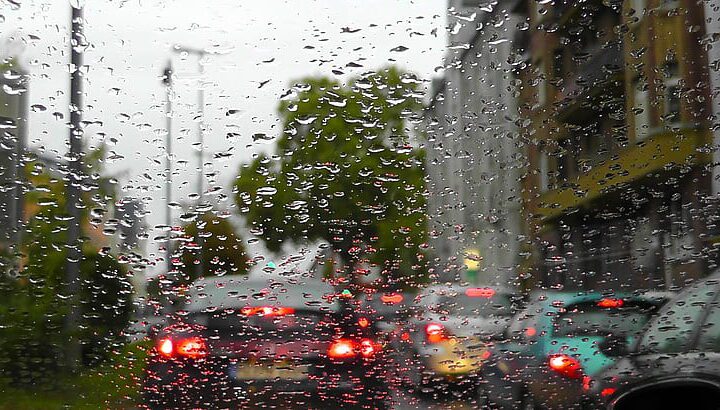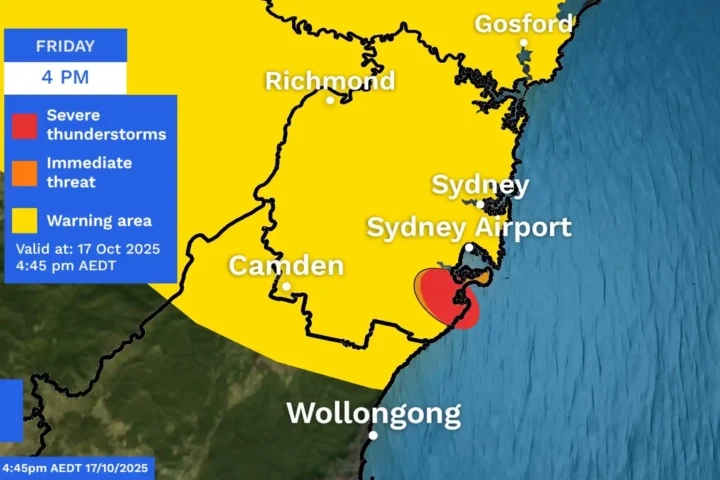Electric vehicles are gaining fast traction with Australian drivers, with new data showing battery electric vehicles (BEVs) reached a record 11.3% of all new car sales in September 2025.
Figures released by the Federal Chamber of Automotive Industries (FCAI) and Electric Vehicle Council (EVC) reveal Australians purchased 12,076 new electric vehicles last month, nearly doubling the 6.6% market share from September 2024. When plug-in hybrids are included, electric models now make up over 15% of new vehicle sales.
The Tesla Model Y led the electric charge with nearly 4,000 sales in September – more than double its performance from the same month last year. Meanwhile, Chinese manufacturer BYD’s Sealion 7 delivered its strongest month yet with 1,887 sales, breaking into the overall top 10 vehicle rankings at number eight.
Similar Posts
Traditional favorites still dominated the overall market, with the Toyota HiLux reclaiming the top spot (5,047 sales) ahead of the Ford Ranger (4,867). SUVs continue to rule Australian roads, making up 60% of all new car sales.
The surge in electric vehicle adoption comes as Australia’s New Vehicle Efficiency Standard (NVES) begins to impact the market. The standard, which officially started in January 2025, requires car manufacturers to meet progressively stricter carbon emission targets for new vehicles.
FCAI Chief Executive Tony Weber said more government support for public charging would help convert mainstream buyers.
“More needs to be done to give mainstream buyers the confidence to consider EVs in the future,” Weber said. “We need to move EV ownership beyond early adopters to mainstream Australians if we are to deliver the ambitious transition that the government is seeking.” Weber welcomed the government’s recent $40 million commitment to charging infrastructure but noted “more support will be needed” to maintain momentum.
The sales figures reflect growing consumer choice, with over 100 electric models and 50 plug-in hybrid models now available in Australia. Hybrid vehicles continued their popularity trend, representing 13.8% of new vehicle sales, while plug-in hybrids made up 4.4%.
China’s importance in the Australian market continues to grow, becoming the second-largest source country for new vehicles. Chinese-made cars now account for 77.5% of all BEV sales in Australia year-to-date, with brands like BYD seeing explosive growth of nearly 150% compared to last year.
The electric shift aligns with Australia’s climate targets, which require a 62-70% decrease in emissions from 2005 levels by 2035. According to the Climate Change Authority, this means half of all light vehicles sold between now and 2035 must be electric, with more than 5 million EVs needed on Australian roads – about 20 times today’s number.
Electric Vehicle Council Chief Executive Julie Delvecchio said the latest figures show Australians are ready for the switch but emphasized more support is needed.
“Increasing EV uptake is the highway to Australia’s 2035 climate target,” Delvecchio said. “One in every two cars sold this decade must be electric. That means we need to shift gears and support more Australians to make the switch.”
Some manufacturers have expressed concerns about the standard’s impact on pricing. Honda Australia CEO Jay Joseph warned that hybrid vehicles may soon fail to meet the increasingly strict requirements, potentially forcing price increases that could deter new car purchases.Despite these concerns, the September figures show the electric transition is gaining momentum as more Australians recognize both environmental and economic benefits of making the switch.
